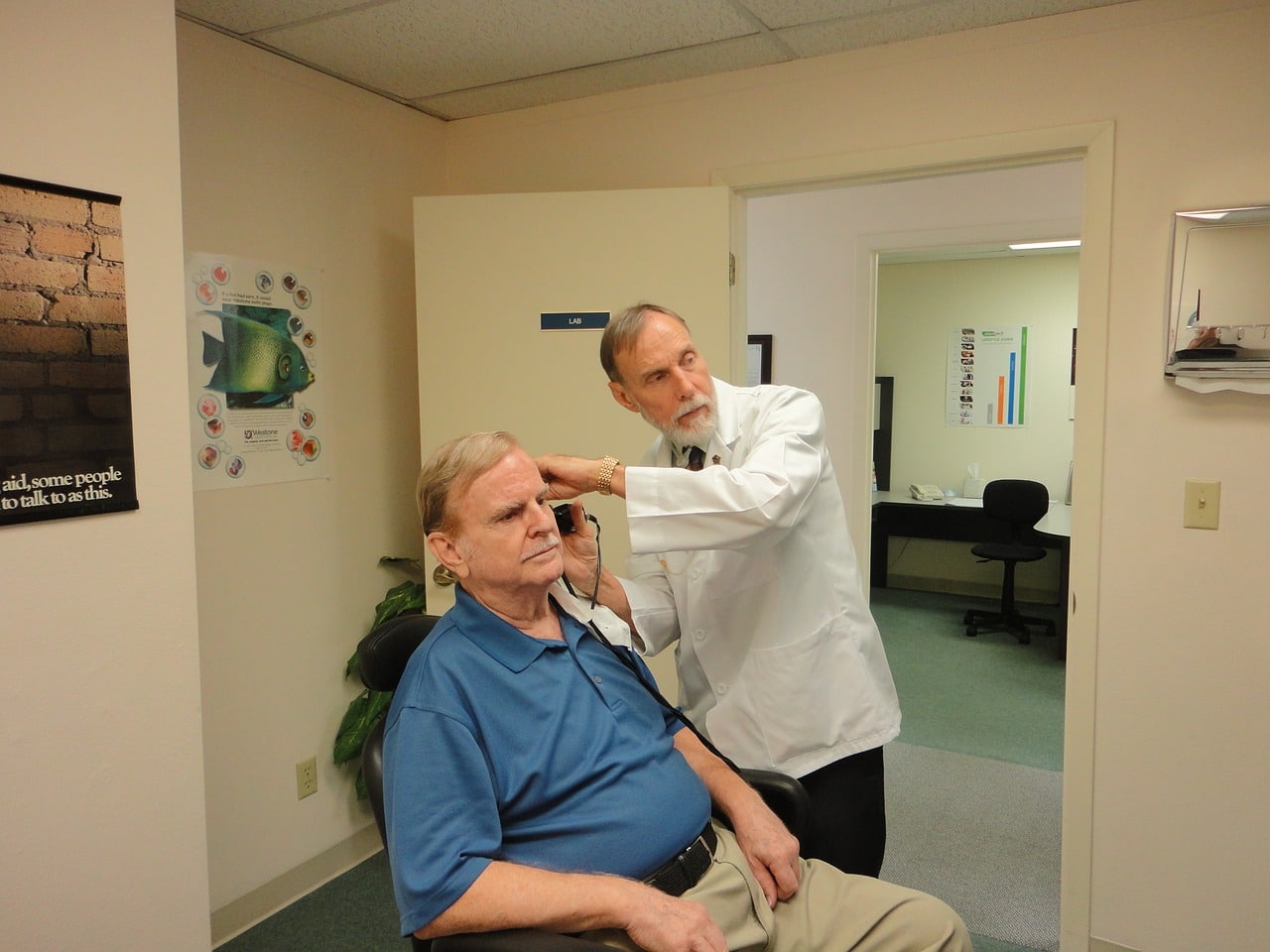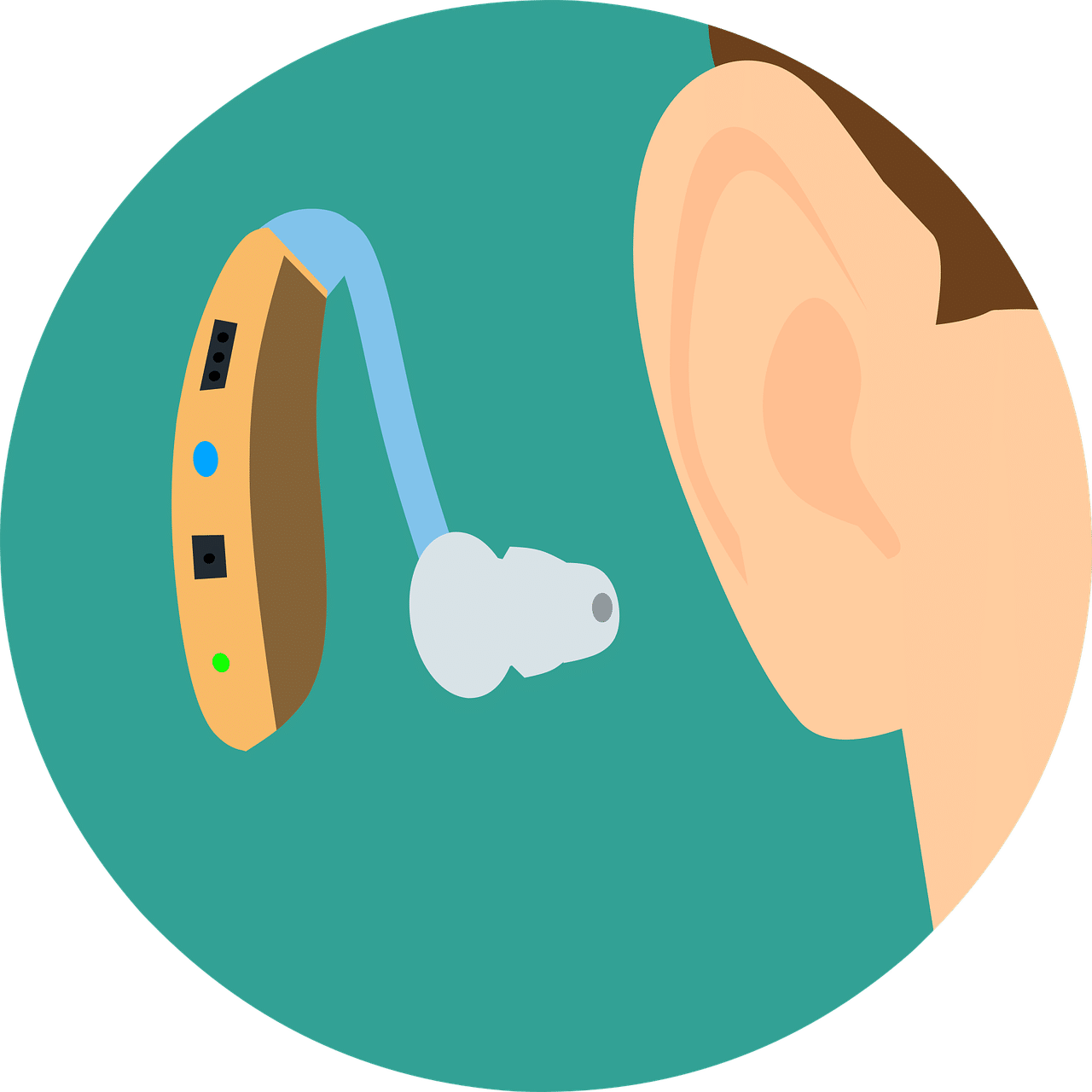
Hearing loss is associated with a detriment to hearing ability.
Hearing loss refers to damage to a person's hearing ability . The concept is not part of the terms included in the dictionary of the Royal Spanish Academy (RAE) . This does not prevent, however, the notion from having widespread use.
The degree of hearing loss is defined according to the subject's ability to hear sounds of different intensity. Your hearing threshold , therefore, is determined according to the least intense stimulus that the individual is able to capture.
Classification of hearing loss
Hearing loss or deafness can be classified quantitatively (according to how much hearing capacity has been lost), locutionary (linked to language), etiological (according to etiological conditions, that is, environmental or genetic causes) or topographical (determined by the site where the lesion causing the hearing loss is located).
The most common classification is quantitative, which allows you to indicate whether a person suffers from mild, moderate, severe or profound hearing loss , according to the frequencies that they cannot hear .

There are various devices and techniques that allow you to treat hearing loss.
Its causes
The causes of hearing loss can be many and are divided into two distinct categories:
The first category is that which corresponds to conductive hearing loss , the main cause of which is a mechanical deficiency in the area of the external ear or the middle ear. It may happen that the bones called ossicles do not conduct sound well, the eardrum does not vibrate with sufficient intensity, or due to the presence of fluid in the middle ear.
The second is sensorineural hearing loss , a disorder in the inner ear caused because the cells responsible for transmitting sound throughout the ear are injured, do not function regularly or have died.
Unlike conductive hearing loss, sensorineural hearing loss is not reversible; Those people who suffer from both types are said to have mixed hearing loss .
Other types of hearing loss
In turn, other names can be included within these two categories:
Congenital hearing loss is called hearing loss that is caused by anomalies that are transmitted genetically . In some cases it is due to harmful genes that cause malformations in the ear structures, genetic syndromes (it should be noted that more than 400 are known) or infections that are transmitted to the baby when it is in the mother's womb (among them is toxoplasmosis, measles or scarlet fever).
Presbycusis , for its part, is a type of age-related deafness that is characterized by progressive hearing loss. It is generated by a deterioration of the auditory system , due to age and usually shows symptoms such as annoying ringing that appears with increasing frequency.
Total hearing loss is called cophosis . It is called unilateral cophosis when the condition is only one ear and bilateral when both ears are affected by deafness.
It is common for children who manifest any of these types to have previously suffered from an ear infection that was not properly treated; In other cases, the cause may be an accumulation of wax or foreign objects in the external ear canal or an injury or scar on the eardrum, as a result of recurrent infections.
The diagnosis
It is essential that in the event of any hearing loss or similar problems you consult with a professional, who must observe the patient's medical history and perform the relevant tests in order to make a diagnosis of said problem.
The tests performed for this purpose are called: audiometry (where a series of tests are performed to corroborate what type of hearing loss exists and what its magnitude is), computed tomography (if it is believed that there may be a tumor or fracture in the head), tympanometry (a test that allows us to evaluate what type of mobility the eardrum membrane has) and magnetic resonance imaging (a study that allows us to rule out any physical cause present in the ear or brain).
In addition, other evaluations allow the diagnosis of hearing loss to be developed. The Schwabach test (which makes a comparison between the bone structure of the patient and the person being examined), the Weber test (with a tuning fork, studies both ears simultaneously), the Rinne test (analyzes how sounds are perceived in one ear), the Gellé test (which detects otosclerosis) and supraliminar tonal audiometry are some of them.
Treatment of hearing loss
Regarding the treatment of hearing loss , in some cases there are surgical solutions to improve the patient's hearing capacity (in case of malformation or any similar problem); while in other situations, there is no possible cure for the deficit, such is the case of sensorineural hearing loss where the only way to combat it is through a device that performs the work of the ear , the hearing aid .
In the case of people who are absolutely deaf, cochlear implants are performed, which consist of transducers that convert auditory signals into electrical signals that stimulate the hearing nerve; These signals are processed by the device to allow the patient to understand the sounds.
Finally, we can add that the best way to prevent hearing problems in children is to properly clean their ear canals. To do this, it is necessary to use special syringes for this task and warm water ( swabs or swabs are very harmful as small pieces of cotton can come off. that will accumulate in the duct ). It is essential, in turn, that the tests be carried out as soon as possible so that the hearing problem does not affect the child's learning .
